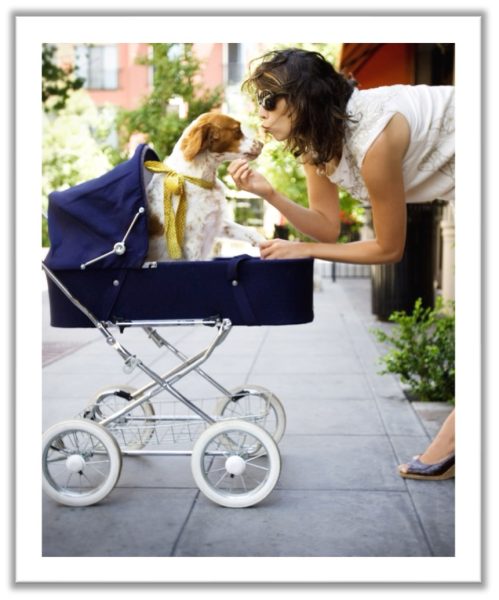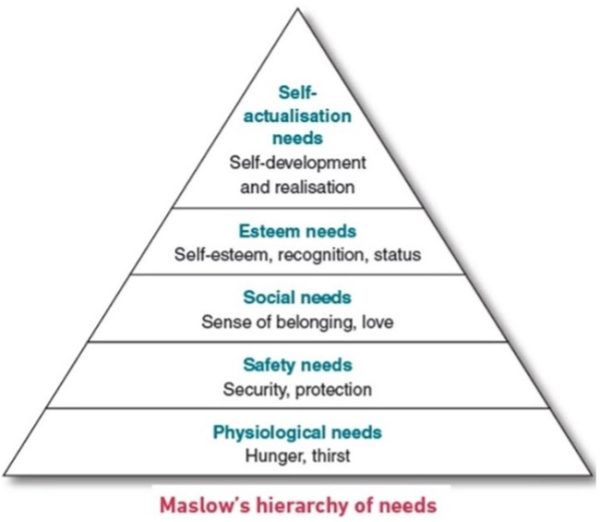Our PR Director, Michelle Smytheman, is passionate about helping emerging professionals in the communications industry and teaches at the University of the Sunshine Coast. As part of an assessment task this year, there have been some excellent blogs written by first-year students about emerging business trends. We are proud to share their work.
By Vanessa Ledbury
Amidst Covid-19’s constraints, a wave of trends took over the world—endless TV binges, whimsical diets, and impromptu online splurges. Amongst this, a heartwarming shift unfolded: with falling birth rates and Millennials postponing milestones, pets stepped in, becoming cherished companions in the absence of traditional family roles.
According to researchers like Dr. Rita Eichenstein, a paediatric neuropsychologist at Cedars-Sinai Medical Towers in Los Angeles, human beings have an innate desire to love and reproduce. However, in this digital era where social medias substitute real relationships, humans are lonely.
Pets fulfilled all Maslow’s human needs, from love to safety and rescue. This is how and why pets were given human-life quality (anthropomorphism) and how the new furbaby trend was born and became a vital part of people’s lives.
It is with little to no surprise that, now, five years on, and millions of social media posts later, Millennials are forever indebted to these god-sent creatures. Showering their furbabies with love and attention not to mention spoiling them with presents just as they would their own child and family member. In fact, it could be argued that raising furbabies could provide future parents valuable insights into parenting skills – Maslow’s “self-actualisation needs” (Figure 2). So much so, that they might, like a lot of Australians, prefer their pets to their children and grandchildren! And, as the inevitable average cost for raising a pet is increasing, it is still much less than for a child, with no higher education costs for example – ever. Additionally, these furballs might demand love and attention from their owners, but they don’t require omnipresence like children do.
Effective marketing follows the ever-changing consumers’ needs, wants and desires throughout their life, society’s trends and new technologies. For example, before the Covid-19, advertisers had to work hard to attract consumers’ attention to evoke a need to have a pet. Battersea Dogs & Cats Home in London, England, used interactive adverts of their “Looking For You” campaign in 2015. In contrast, after Covid-19, the Australian magazine, Fetched, was able to recognise the increase in pet owner novices and gave free dog training and equipment advice.
What’s more, in “Current Opinion in Psychology”, Russell Belk explains that dog ownership is an extension of self – Maslow’s “esteem needs” (Figure 2). From a marketing perspective, this means consumers are inclined to purchase pet products that align with their own personality and as if they would consume the products themselves (ie. vegetarian pet food for their carnivore cat). Companies in the pet food, accessories, toys and doggy daycare industries, to name but a few, which recognised this gap in the market, saw their sales skyrocket and are forecasted to continue rising according to IBISWold.
Unfortunately, novelty is short lived and as the reality sets in, many of these bundles of love have lost their attraction, leading to being rehomed at best. While the ethics of this culturally acceptable trend is askew, as it is neither fair, benevolent, honest – nor legal sometimes – to animals, life happens and decisions are made. Furthermore, in 2021, researchers studied the negative effects of anthropomorphism on animals and humans. In a nutshell, here are the potential detriments to furbabies:
- Fashion & Beauty
Clothes: damage the skin, hyperthermia (overheat)
Shoes: harm paw pads, physical injuries, heatstrokes
Cosmetics (such as dye): loss of fur, irritate skin, impair olfactory sense (smell)
- Exercises & Diet
Pets on the Move (ie. carrying pets in one’s arms, a bag or a stroller for long periods): lack of freedom of movement, reduces the vital ‘sniffing around’, absence of environmental stimuli, emotional (phobias & anxiety), physical (bad posture & weight gain)
Inadequate Diet (ie. moist, fat free, vegetarian foods): gluttony & malnutrition, weight gain, depression
- Infatuation
- separation anxiety
- restriction of movements
- lack of personal space (important for pets)
- emotional misunderstanding
- aggression
‘Overloving’ can also be prejudicial to humans:
- risk of catching infectious diseases
- separation anxiety (ie. when at work or on holidays)
- emotional trauma (ie. furbaby ‘escape’ or abandoned)
- emotional conundrum when a child is scratched or bitten
Whilst pets’ bond with owners is similar to children with parents, to furbabies owners, comparing dogs to babies is like comparing apples to oranges. And although these furbabies can be capitalised with efficient marketing, their presence is not only needed but appreciated by most. However, the negative effects of anthropomorphism for furbabies and ‘parents’ are omnipresent with the worst case scenarios leading to aggression, abandonment, sickness and emotional trauma. So, what do you think? Are Millennials the saddest and most egocentric generation yet? Or the most proactive and loving one? Should the furbaby trend stay or go?


